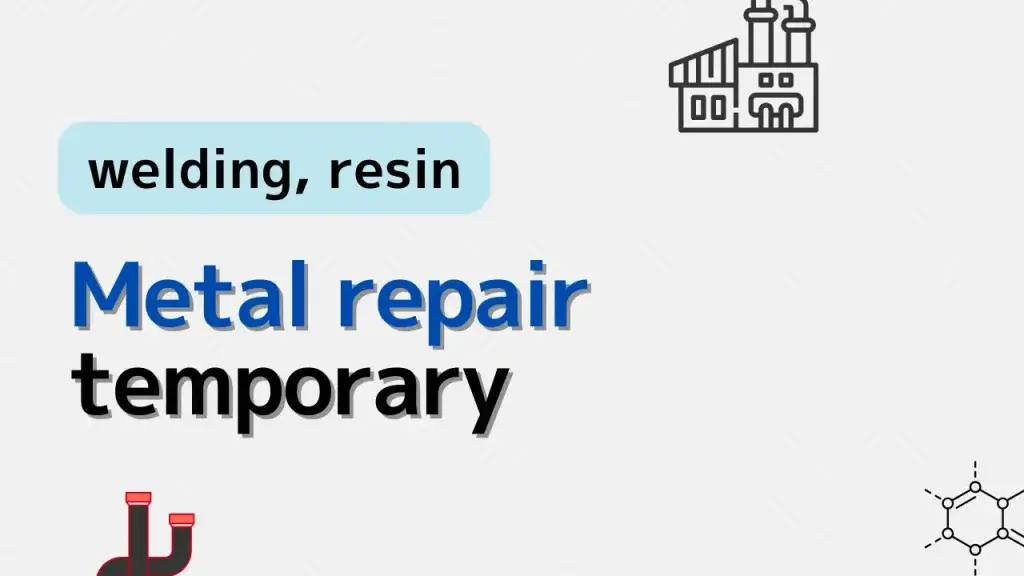Metal repairs often look like a quick win — a weld here, a patch there — and the equipment is back online. But these fixes rarely solve the root problem.
In plant operations, relying too heavily on temporary metal repairs can lead to hidden risks and bigger failures down the line.
Introducing articles from plantengineering.com.
Problems with metal materials often occur in processes that handle highly corrosive liquids, such as chemical plants.
Regular replacement is the norm, but emergency repairs are necessary to continue production even if the prediction is wrong.
Welding
When problems such as cracks or penetrations occur in metal, one option is to repair the cracks by filling them with the same material as the metal part.
Simply put, this is welding.
Welding gives a sense of security because it can restore the appearance to almost the original state.
However, welding will definitely deteriorate the surrounding metal.
Since it does not solve the original cause, the same problem may occur again. And more quickly than before the repair.
Even if you are going to repair by welding, be sure to prepare to replace the part as soon as possible.
Resin coating
Instead of repairing with metal, it is possible to repair with resin.
There are two methods: applying resin and letting it harden, or using a backing plate and a sealant.
The method of applying resin and letting it harden is very unreliable.
Temperature is usually the problem. Like metal repairs, it does not have a long lifespan.
The advantage of applying resin is that it can be repaired immediately, as there is no need to clean the equipment or prepare the welding environment as with metal repairs.
A backing plate and a sealant is, for example, a method of wrapping a sleeve and a sealant tape around the outside of a pipe.
It can be expected to have a longer lifespan than applying resin. No welding is required.
However, there are cases where the corrosive environment is increased compared to before the problem, or the operating capacity must be reduced.
🔹 Conclusion
Metal repair may seem like an easy solution, but it’s not a cure. Engineers and operators should always think one step ahead — toward permanent solutions that keep people and plants safe.
